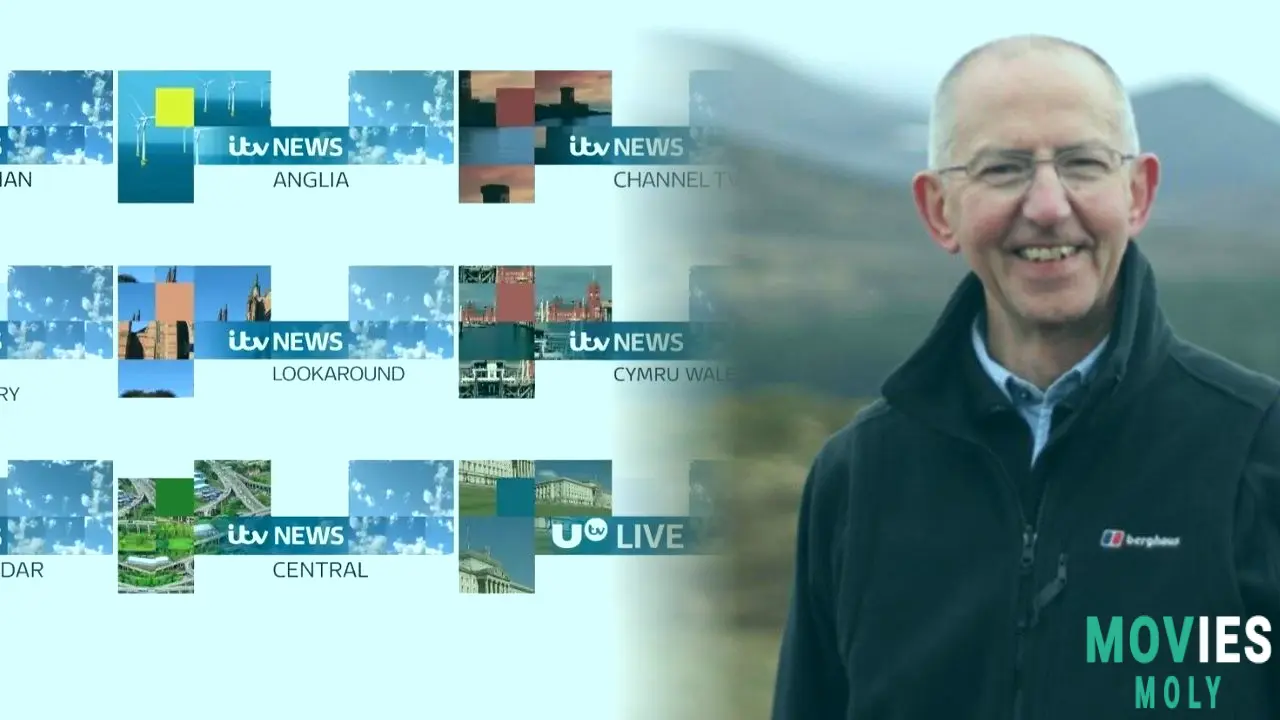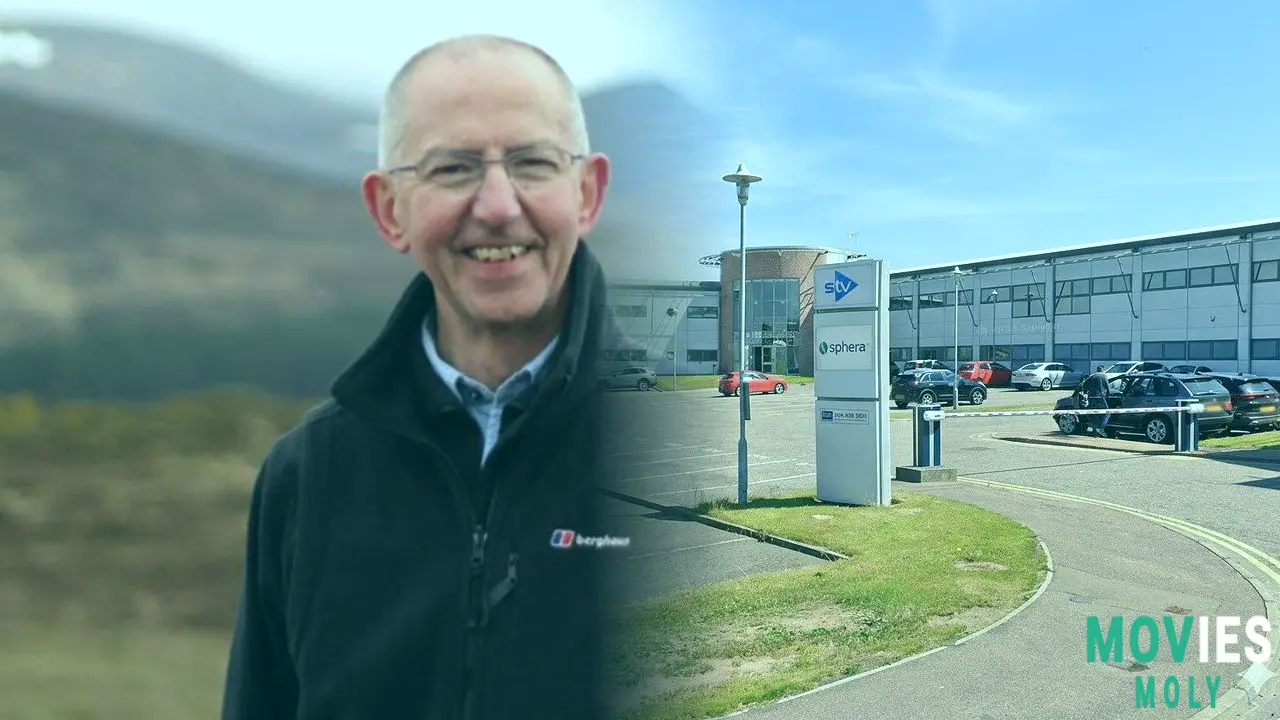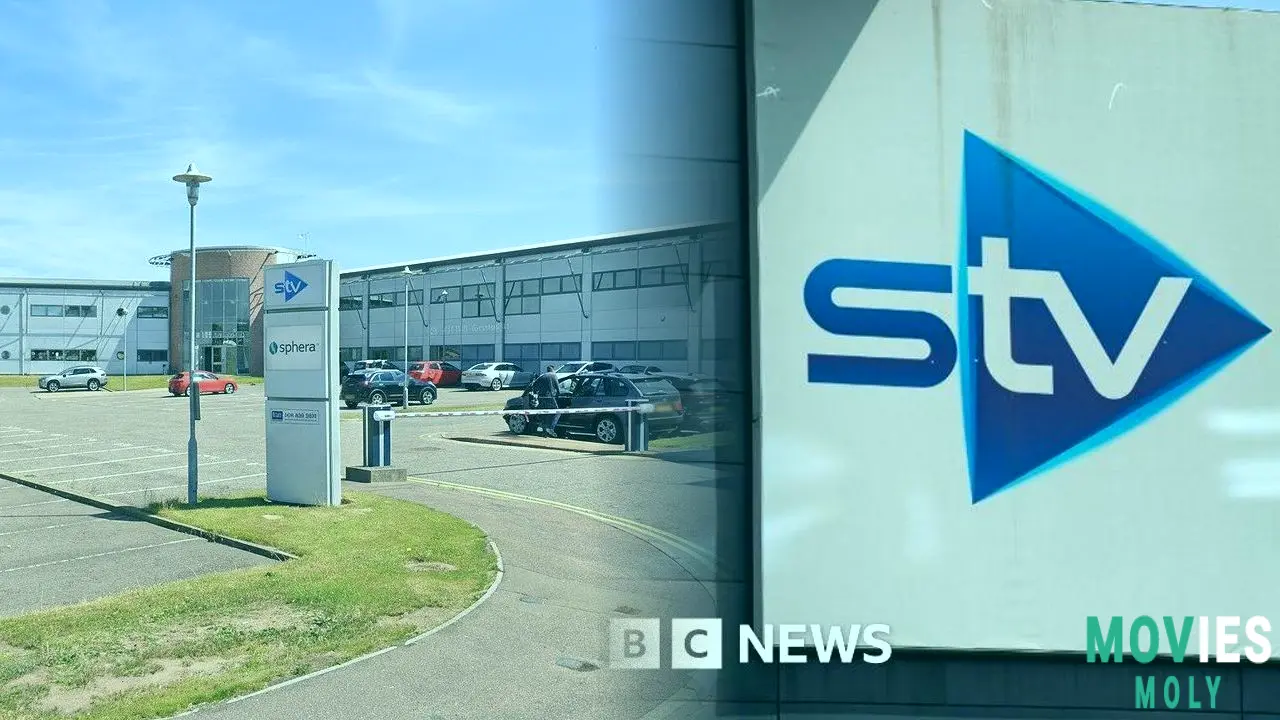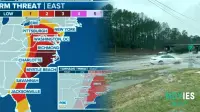Alright, let's talk about something that hits close to home for many in Scotland: local news. STV, a big name in Scottish broadcasting, recently dropped some news that has a lot of people scratching their heads and, frankly, pretty upset. The company plans to cut about 60 jobs and get rid of its evening news program for the north of Scotland, which currently comes to you live from Aberdeen. Instead, it wants a single show, put together and presented from Glasgow, covering both central and northern Scotland. If this sounds like a pretty big deal, that's because it absolutely is.
The backlash has been swift and strong. From politicians to unions and local groups, folks are calling these plans everything from "financial mismanagement" to "cultural vandalism." STV's chief executive, Rufus Radcliffe, says these moves are all about keeping the business healthy for the long run, but many are wondering if there's more to the story.
The Big Picture of STV's Proposed Changes and Their ReasoningSo, what exactly is STV proposing? The broadcaster aims for £2.5 million in savings by next year. A main part of this involves cutting around 60 staff members through a voluntary redundancy program. The plan also includes replacing the dedicated north of Scotland news program, which originates in Aberdeen, with a wider show based in Glasgow. This Glasgow-based program would cover stories from across both central and northern Scotland, a format that already happens during weekends.
STV chief executive Rufus Radcliffe has stood by these decisions. He claims the company is doing all it can to protect jobs in the long term and put the business on a firm financial footing. Mr. Radcliffe has stated that regional journalism, in its current setup, is not financially stable. He believes these changes "will be good for everyone at STV and make us a sustainable business moving forward that everyone benefits from."
Behind these decisions, STV points to a drop in advertising revenue, which fell by 10% to £45.6 million in the first six months of this year. They also report a slowdown in commissioning for STV Studios. Viewership numbers for their main bulletin, STv News At 6, saw a 23% fall in the first half of 2025 compared to the same time in 2024. The company reported a £200,000 loss in the first six months of 2025. These financial pressures, STV argues, necessitate difficult choices to ensure its future.
Strong Criticisms and Worries About STV's New Direction

Concerns Over Financial Decisions and Odd Priorities
This is where things get interesting, and a lot of the criticism lands. Unions and politicians have not held back. Nick McGowan-Lowe, national organiser for Scotland at the National Union of Journalists (NUJ), slammed the plan to cut the Aberdeen program as an act of "cultural vandalism." He didn't stop there, accusing the company of financial mismanagement and making "rushed through, panicked" decisions.
"This does not give the impression of a company who is thinking long term," McGowan-Lowe told MSPs. He warned that the proposals would have a "catastrophic effect on local democracy and the culture of the north east" if they go through.
Critics highlight a few eyebrow-raising financial decisions. Just weeks before announcing these major cuts, STV said it had made a "significant investment" in its Aberdeen and Glasgow studios. Now, the upgraded Aberdeen studio is set to become just a "back-up" to Glasgow under the new setup.
Then there's the planned £500,000 spend this year on setting up a new STV radio station, scheduled to go live next year. McGowan-Lowe compared cutting news spending while building a new radio station to "buying a sports car and then trying to pay less on the mortgage to afford it." Paul McManus, negotiations officer at Bectu, called it "not rational" for STV to spend millions on executive bonuses, studio refurbishments, and a radio station just before announcing major job cuts. These points make many question STV's stated reasons for the cuts.
Fears For Local News and Community Representation
The main worry for many is what this means for local news. Seamus Logan, SNP MP for Aberdeenshire North and Moray East, called the plans a "hammer blow" for his constituents and other loyal viewers in the north of Scotland. He believes it will harm the diversity of news coverage and people's ability to see news as it affects their specific area.
Logan argued that while a national Scottish news program has its place, there's a unique "dimension to life across the north of Scotland" that should be reported by local voices. He brought up issues like the energy transition's direct influence on oil and gas jobs, the wider rural economy, and social matters unique to northern communities. He also pointed out the need for sports reporting that isn't just about football, but reflects other local sporting interests.
Sandy Bremner, Convener of the Cairngorms National Park Authority (and a former BBC news producer himself), sent a letter to Ofcom objecting to STV's plans. He stated that the CNPA's board sees STV's decision "as wholly damaging to the interests of rural Scotland." Bremner emphasized the importance of effective scrutiny of countryside issues, particularly with growing challenges like wildfires, floods, and housing problems. He noted that STV's (and formerly Grampian TV's) news output remains the only dedicated linear TV service for the region, and a single national program from Glasgow "will inevitably squeeze this rural agenda."
First Minister John Swinney urged STV to reconsider its plans quickly, calling sustained media engagement an "absolutely vital part of our democracy." SNP MSP for Aberdeen Central, Kevin Stewart, submitted a motion to the Scottish Parliament expressing "fears that changing to a single news service, based in Glasgow, will lead to what it believes would be a further homogenisation of voices in Scotland, with viewers in areas like the north east, Highlands and Tayside only able to have their stories told through a Central Belt lens."
The Announcement's Difficult Start and STV's Response
It wasn't just the content of the announcement that caused issues; the delivery also came under fire. MSPs cited claims that one senior STV staff member joined the virtual meeting where the cuts were announced from a holiday villa. Another supposedly joined from a hotel in Aberdeen before coming to the office to speak to staff in person.
Green MSP Patrick Harvie suggested this made the announcement "not handled well" and was insulting to some STV workers. Rufus Radcliffe, however, defended the virtual meeting format as a "standard way of communicating" in a large business. He said all senior leaders were present and claimed some aspects of the call had been "mischaracterised," insisting bosses had "done everything we can to be clear and transparent with people."
Radcliffe also confirmed there would be no bonus payments for senior staff this year. He reiterated that launching the radio station is an essential part of STV's plans to grow the business.
Ofcom's Role: The Regulator's Next Steps

So, what happens next? The communications regulator, Ofcom, is in the middle of all this. It's working with STV to discuss the proposed changes and expects to launch a public consultation in the coming weeks.
Ofcom has a few options. It could reject STV's proposed changes, approve them as they are, or approve a compromise. However, it's important to know that Ofcom doesn't have the power to save jobs directly or demand that studio presentation continues in Aberdeen. Its focus is on STV's public service broadcast obligations. Scottish director Glenn Preston from Ofcom told MSPs the regulator knows "the strength of feeling these proposals have generated" and understands "the need for any process to be as swift as possible, not least given the potential influence on people's jobs."
Could This Set a Trend? The Wider Implications for Regional TV News

There's also a bigger worry here, as pointed out by Andrew Nairn, an opinion writer. He suggests that Ofcom's decision on STV North could set a precedent for other ITV regions across the UK. If STV gets the green light to combine its news programs for Central and Northern Scotland, it might be tough for Ofcom to say no to similar requests from English regions in the future.
Nairn speculates about possible joint programs for areas like West and Westcountry, or the end of "splits" within regions. Commercial broadcasters already feel the pressure, with cuts to soaps and daytime shows coming soon. If a local service isn't deemed financially viable, the question of whether it can still get subsidies becomes critical. Nairn suggests that if a dedicated "Channel 3 region" like Grampian (the old name for STV North) is effectively cut, it becomes harder to reject similar proposals for other regions, especially smaller sub-regions like Channel or even parts of Wales and Northern Ireland. This situation demands a proper discussion about what kind of news service is truly sustainable on Channel 3 moving forward, given the potential knock-on effects.
The Big Question: What Does This Mean for the Future of Local Journalism?
This whole situation with STV isn't just about one company's financial struggles or a few program changes. It shines a light on bigger problems facing local journalism. Fewer people watch traditional TV news, more get their updates online, and advertising revenue is down across the board. These are real challenges that any media business has to deal with.
While STV has a responsibility to its shareholders and needs to make money, the arguments from unions, politicians, and local groups show a strong belief in the value of genuinely local news. As Scott Wright, Deputy Business Editor for The Herald, puts it, it is a "crying shame that it is so often hard-working people who pay the price for this economic fragility with the loss of their jobs."
The debate is far from settled. Ofcom's decision is highly anticipated, and whatever it decides could influence not only STV's future but also the landscape of regional television news across the UK. For now, many in Scotland are left wondering if their local stories will still be told by local voices, or if they'll increasingly be viewed through a distant lens.





